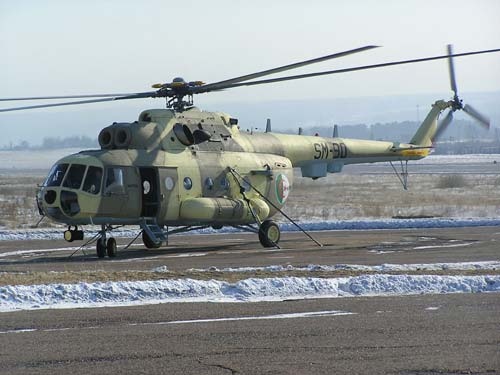Countries throughout the world train special operation forces within their military, so coming up with a list of top special operations forces in the world is difficult at best. All special ops forces train their military men to be the best of the best, to take the impossible task and make it possible. In that respect, all Special Operations units are top. While the list below may not be everyone’s top ten, some of those listed would certainly be a part of any top ten lists.
10. Russian Spetsnaz – What sets the Russian Spetsnaz apart from other specially trained special ops units around the world is their daily

exposure to physical punishment. The purpose for this portion of their training is to teach them to endure physical pain and to work the mind to “enjoy” it since it is impossible to ignore it. They are permitted to leave the training anytime they desire. Their missions generally involve reconnaissance and close quarter combat. Many of the bodyguards chosen for the high-tanking political figures of Russia are chosen from the Spetsnaz.
9. Pakistan Special Service Group – This Pakistan Special Service Group (SSG) is also known as “Black Storks” a name derived from their unique headgear the “Maroon Beret”. The SSG has ten specific missions for which they are trained:
- Asymmetric Warfare

- Special Operations
- Counter-Proliferation
- Unconventional Warfare
- Foreign Internal Defense
- Special Reconnaissance
- Direct Action
- Hostage Rescue
- Counter-Terrorist
- Personnel Recovery
This elite group from Pakistan is somewhat similar to the US Army’s Green Berets and the British Army’s SAS. They often conduct exercise missions with Special Forces from other countries such as China and the UK.
8. Austria Eko Cobra – This special ops tactical unit is involved mainly in counter-terrorism. The group retains a low

profile, despite their high-speed involvement in the war on terror. In Europe, they are known for their competitive edge over other countries at S.W.A.T. and other competitions throughout Europe. Though their covert missions are carried without with little or no media, they are still considered by many as one of the best trained counter-terrorist units in the world.
7. French Army Special Forces Brigade – This French Special Ops group has one of the most rigorous qualification training programs in the world. This group is subdivided into three specially trained

areas:
- 1er Régiment de Parachutistes d’Infanterie de Marin which is based in Bayonne.
- 13e Régiment de Dragons Parachutistes based in Martignas-sur-Jalle.
- 4e Régiment d’Hélicoptères des Forces Spéciales, the unit based in Pau.



,+HEAT,+and+HE-FRAG+125+mm+ZPT98+digital+battlefiel+(4).jpg)

































